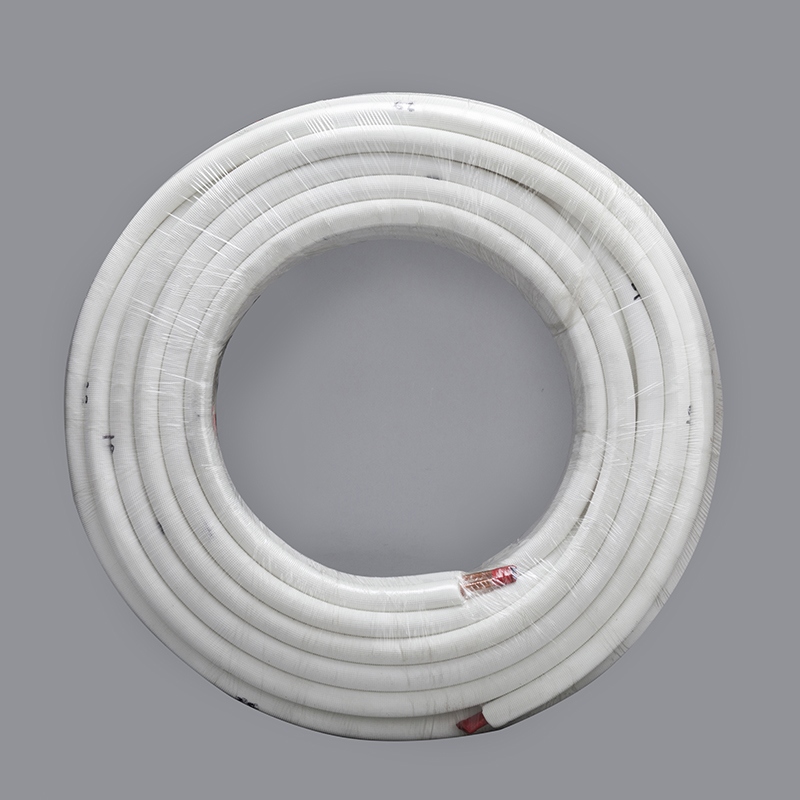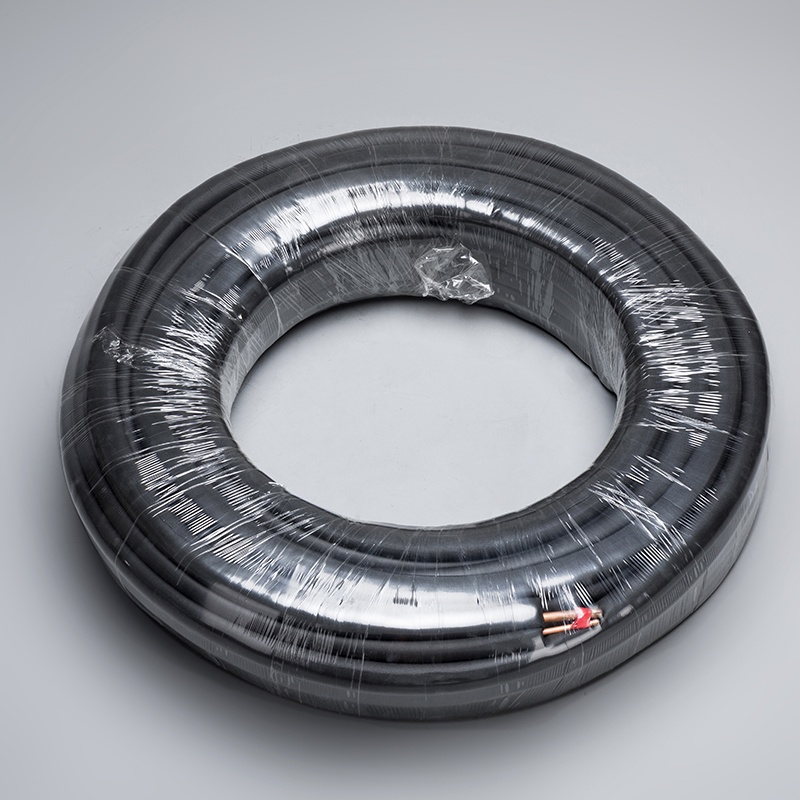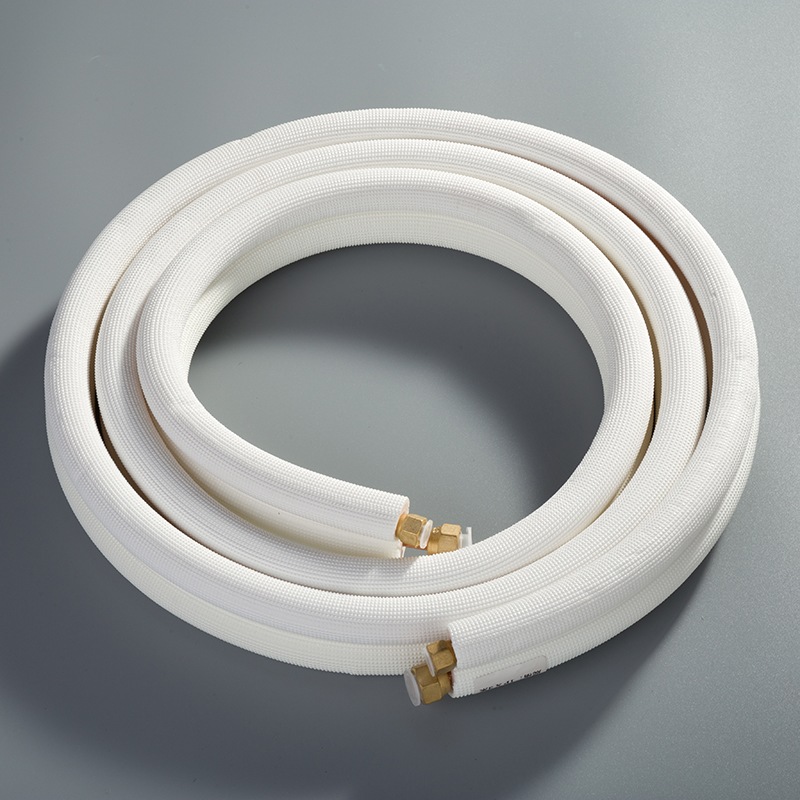Avoid These 5 Copper Pipe Soldering Mistakes

When it comes to copper pipe soldering, precision and care are paramount. Mistakes in this process can result in leaks and costly repairs down the line. This blog aims to shed light on five common mistakes that many encounter during copper pipe soldering and provides valuable insights on how to steer clear of them. With a success rate of 99.97% achievable through proper techniques, it's crucial to grasp the dos and don'ts of this intricate procedure. As Benjamin Franklin Plumbing advises, let's delve into the essential tips for successful copper pipe soldering together. For more detailed guidance, visit https://copperpipe.net/articles/essential-tips-using-copper-pipe-fittings/.
Insufficient Pipe Cleaning

Importance of Cleaning
Proper cleaning tools are essential for preparing the pipe surface adequately. By using wire wool or a special copper pipe cleaner, any debris or dirt can be effectively removed. This step ensures that the solder adheres properly to the clean surface, promoting a secure connection between pipes.
Cleaning techniques play a vital role in the soldering process. Before joining copper pipes, it is crucial to remove any contaminants that could hinder the bonding process. By following proper cleaning procedures, such as scrubbing with a suitable cleaner and rinsing thoroughly, you can guarantee a clean surface for successful soldering.
https://copperpipe.net/articles/essential-tips-using-copper-pipe-fittings/
Cleaning before soldering is a critical step to achieve leak-free joints. Ensuring a secure connection starts with thorough cleaning of the pipe surfaces. By eliminating any impurities or residues, you pave the way for a strong bond between the pipes, preventing potential leaks in the future.
Excessive Heat Application
Risks of Overheating
Damage to Pipe
Excessive heat during soldering can lead to damage to the pipe. When the pipe is overheated, it can weaken the structure and cause deformities. This compromises the integrity of the pipe, making it susceptible to leaks and potential failures. To avoid this issue, it is crucial to apply heat carefully and precisely, ensuring that the pipe reaches the necessary temperature for soldering without surpassing it.
Burnt Flux
Another risk of excessive heat application is burnt flux. Flux plays a vital role in the soldering process by facilitating the flow of solder and preventing oxidation. When exposed to excessive heat, the flux can burn, losing its effectiveness and hindering proper bonding between the pipes. This can result in weak joints that are prone to leaks over time.
Proper Heating Techniques
Controlled Heating
To prevent overheating, controlled heating techniques should be employed. By using a suitable torch with adjustable settings, you can regulate the amount of heat applied to the pipe. Slow and steady heating ensures that the pipe reaches the required temperature gradually, reducing the risk of overheating and associated damages.
Monitoring Temperature
Monitoring the temperature throughout the soldering process is essential for successful outcomes. A temperature gauge or thermal indicator can help you track how hot the pipe gets during heating. By keeping a close eye on the temperature levels, you can adjust your heating technique accordingly to maintain optimal conditions for effective soldering.
Incorrect Solder Amount
When it comes to soldering copper pipes, the right amount of solder is crucial for successful joints. Using just enough solder ensures a clean and secure connection between the pipes. Proper preparation of surfaces is essential to achieve leak-free joints. Before applying solder, it's important to clean the pipe thoroughly using suitable cleaning tools.
To ensure a strong joint, selecting the correct type of solder is critical. Soft solder with silver content is advantageous for HVAC applications due to its reliability and durability. By preparing the surfaces properly and choosing the appropriate solder type, you can create robust connections that withstand pressure and time.
Remember, excessive solder can lead to potential leaks and unsightly joints. By applying the right amount of solder following these tips, you can avoid common pitfalls in copper pipe soldering. For more detailed guidance on using copper pipe fittings effectively, visit copperpipe.net.
Poor Joint Preparation
Ensuring Proper Fit
Compression fittings play a crucial role in ensuring a proper fit when joining copper pipes. By utilizing compression fittings, the risk of leaks is significantly reduced, providing a secure and reliable connection. Taping the end of the pipe before fitting it further enhances the joint's integrity. This simple yet effective step prevents any potential gaps or irregularities that could compromise the connection.
Tightening the Connection
Using a spanner to tighten the connection is essential for securing the joint firmly. Properly tightening the compression fitting ensures that the pipes are held together snugly, minimizing the risk of leaks or separations. Checking for leaks after tightening is paramount to confirm that the joint is watertight. By inspecting for any signs of leakage, such as drips or moisture, you can address any issues promptly and ensure a successful soldering outcome.
Plumbers on Terry Love Forum have highlighted common causes of faulty joints in soldering copper pipes, emphasizing factors like improper joint preparation and inadequate filler metal. To avoid these pitfalls, it's crucial to follow proper procedures during joint preparation and tightening to achieve durable and leak-free connections.
Ignoring Safety Precautions

Wearing Protective Gear
Gloves and Goggles
Wear gloves to protect your hands from the heat of the torch. Cloth gloves are not advisable as they may not provide sufficient protection.
Use goggles to shield your eyes from hot solder and metal shards that could cause harm.
Safe Work Environment
Fire Safety
Have a fire extinguisher nearby rated A, B, and C in case of emergencies during soldering.
Allow joints to cool before testing them to prevent potential breakage or burns. Applying additional flux can aid in gradually cooling down hot joints.
Tool Handling
Always use a non-flammable drop cloth to maintain a clean work area while soldering copper pipes.
Continue heating the pipe as needed until the solder has melted and bonded with the pipe securely.
Remember, following safety precautions is crucial for successful copper pipe soldering. By wearing protective gear, ensuring fire safety measures, and handling tools appropriately, you can create a safe working environment and prevent accidents during the soldering process.
Proper techniques and error avoidance are essential in soldering to prevent leaky pipes and potential house fires. Practice and planning play a crucial role in achieving successful soldering projects. Remember, avoiding common mistakes is key to executing leak-free pipe joints effectively. By following best practices and emphasizing the importance of precision, individuals can ensure durable connections that stand the test of time. Stay vigilant, stay meticulous, and embrace the art of soldering with confidence!
See Also
Top 5 Tricks for Proper 1/4 Copper Pipe Fittings
Simple Guide to Swiftly Repairing Copper Pipe Leaks
Quick Guide to Expertly Installing Copper Pipe Coils
Simple Fixes for Copper Pipe Coil Issues
Money-Saving Advice for Air Conditioner Copper Tube Expenses


